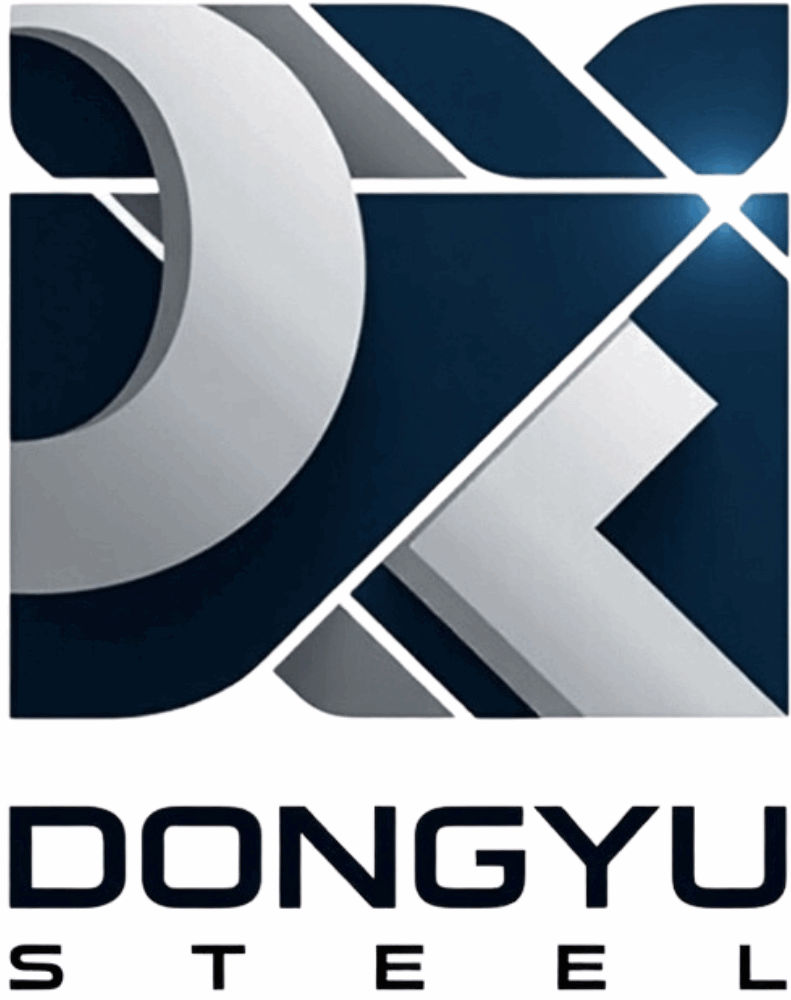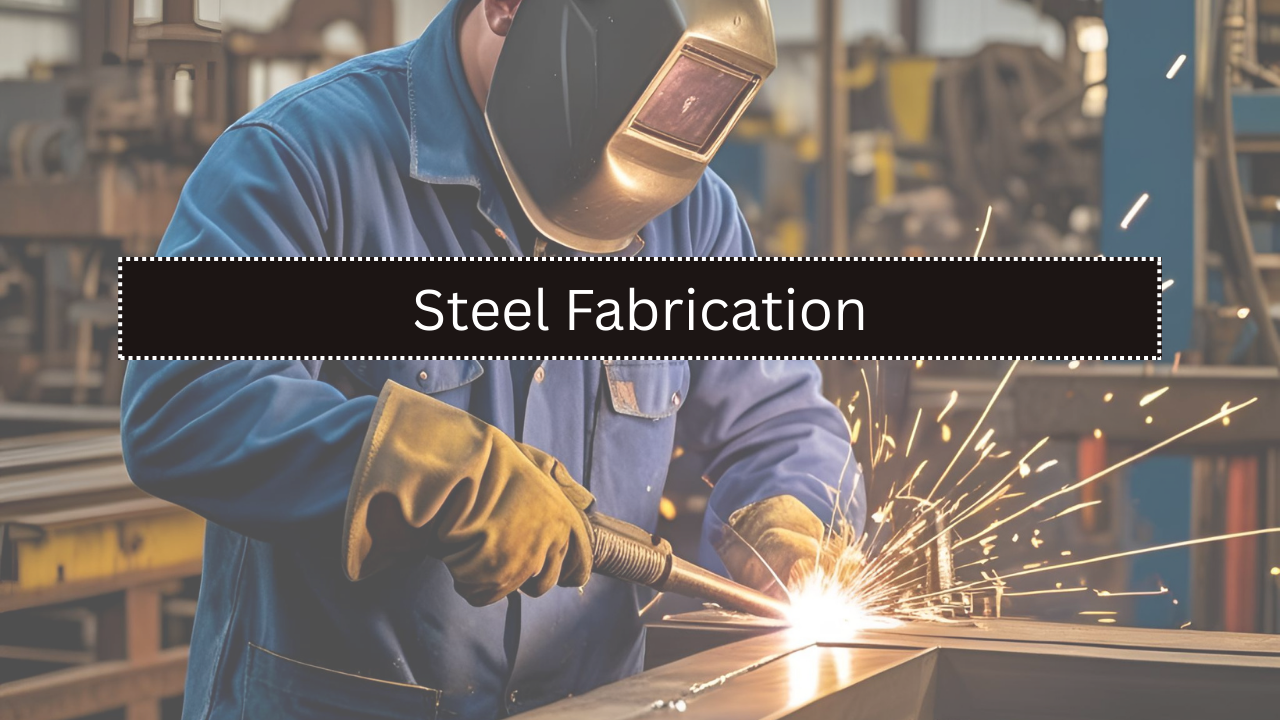Steel fabrication plays a vital role in construction, manufacturing, and infrastructure development. It transforms raw steel into predefined shapes and structures required in industries like automotive, aerospace, shipbuilding, and commercial buildings. The process involves cutting, bending, welding, assembling, and finishing steel components using specialized tools and techniques.
Steel fabrication is the method of turning raw steel materials into finished products or parts used in construction and engineering. The process requires skilled technicians, precision machinery, and advanced technologies to ensure that the final product meets the required strength, durability, and design standards. Understanding the stages of fabrication, types of machines involved, and common techniques used helps industries improve efficiency and product quality.
Main Steps in Steel Fabrication
Steel fabrication consists of multiple sequential steps. Each step is crucial for shaping the final product accurately.
1. Design & Planning
- The fabrication process begins with detailed planning and design.
- Engineers use CAD (Computer-Aided Design) software to create technical drawings.
- The blueprint outlines dimensions, tolerances, material type, and final use.
2. Material Selection
- The appropriate steel type (carbon, alloy, stainless) is selected based on the project requirements.
- Factors considered include strength, corrosion resistance, weldability, and cost.
3. Cutting
- Raw steel sheets, bars, or beams are cut into specific sizes and shapes.
- Various cutting methods are used depending on thickness, material type, and precision required.
4. Bending & Forming
- Steel parts are bent or rolled into desired shapes using machines like press brakes or rolling machines.
- Bending changes the steel’s geometry without removing material.
5. Assembling & Welding
- Different steel components are joined to form larger structures.
- Welding is the most common joining method, though bolting and riveting are also used.
6. Machining & Finishing
- Additional processes like drilling, grinding, and polishing are done for smooth finishes and tight tolerances.
- Surface treatments (e.g., painting, galvanizing) are applied for protection and aesthetics.
7. Quality Inspection
- Finished products undergo strict inspection to check for dimensional accuracy, weld quality, and surface finish.
- Non-destructive testing (NDT) techniques like ultrasonic or magnetic particle tests may be used.
Common Steps in Steel Fabrication
| Step | Purpose | Key Tools Used |
|---|---|---|
| Design & Planning | Prepare drawings and blueprints | CAD software, Engineering software |
| Material Selection | Choose correct steel based on use | Steel handbooks, databases |
| Cutting | Size reduction of raw material | Plasma cutter, laser cutter, shears |
| Bending & Forming | Shape steel into required forms | Press brakes, rollers, bending machines |
| Welding & Assembly | Join pieces to create a single unit | MIG/TIG welders, jigs, clamps |
| Finishing | Smooth and protect surface | Grinders, polishers, galvanizers |
| Quality Inspection | Check accuracy and structural integrity | Calipers, NDT tools, inspection gauges |
Popular Machines Used in Steel Fabrication
Modern fabrication shops are equipped with high-performance machines to achieve speed, precision, and reliability. Each machine serves a distinct purpose in the process.
1. CNC Plasma Cutter
- Uses a high-temperature plasma arc to cut steel.
- Controlled by computers for exact shapes and sizes.
2. Laser Cutter
- Ideal for high-precision and intricate cutting jobs.
- Offers clean edges with minimal distortion.
3. Press Brake
- Used for bending metal sheets.
- Operated manually or via CNC for consistency and control.
4. Plate Rolling Machine
- Rolls flat steel sheets into cylindrical or curved forms.
- Commonly used in tank or pipe manufacturing.
5. Welding Machines
- MIG, TIG, and arc welders are standard in fabrication.
- Robotic welding arms are used in automated setups.
6. Grinders and Polishers
- Help remove sharp edges, weld splatter, or imperfections.
- Provide smooth surfaces before painting or coating.
Key Machines and Their Functions
| Machine | Function | Common Applications |
|---|---|---|
| CNC Plasma Cutter | Cuts through thick steel using plasma arc | Structural frames, industrial parts |
| Laser Cutter | Offers precision cuts with minimal heat impact | Decorative panels, aerospace components |
| Press Brake | Bends steel sheets into angles | Enclosures, panels, support brackets |
| Plate Rolling Machine | Forms curved shapes from flat sheets | Cylinders, pipes, tanks |
| MIG/TIG Welder | Joins metal parts with electric arc | Construction, automotive, pipelines |
| Surface Grinder | Smoothens rough edges and finishes | Final finishing, preparation for painting |
Modern Fabrication Techniques
Advanced technologies have enhanced traditional fabrication methods. Automation, computer-aided systems, and modern welding processes have made steel fabrication faster, safer, and more accurate.
1. CNC Machining
- Machines are guided by pre-programmed software.
- Increases precision and reduces human error.
2. Robotic Welding
- Automated welding arms deliver consistent and high-speed welding.
- Reduces labor cost and increases efficiency.
3. Waterjet Cutting
- Uses high-pressure water mixed with abrasives to cut steel.
- No heat is produced, reducing material warping.
4. Laser Welding
- Delivers deep, narrow welds for precision jobs.
- Preferred in aerospace and electronics industries.
5. 3D Steel Printing (Emerging)
- Builds steel components layer by layer.
- Useful for customized or complex shapes.
Modern Techniques and Their Advantages
| Technique | Advantage | Ideal Use Cases |
|---|---|---|
| CNC Machining | High precision, repeatability | Automotive, heavy machinery |
| Robotic Welding | Fast, accurate, and reduces human risk | Mass production, pipelines |
| Waterjet Cutting | No heat distortion, high accuracy | Intricate patterns, multi-material cuts |
| Laser Welding | Precision, clean welds, minimal post-processing | Medical, aerospace, electronics |
| 3D Steel Printing | Custom designs, low waste | Prototyping, complex structures |
Applications of Steel Fabrication
Steel fabrication is used across various sectors. The strength and flexibility of steel make it ideal for structural, mechanical, and decorative purposes.
Common Industries Using Fabricated Steel:
- Construction: Beams, trusses, frames, bridges.
- Automotive: Chassis, body parts, supports.
- Shipbuilding: Hulls, decks, compartments.
- Energy: Oil rigs, transmission towers, turbines.
- Manufacturing: Tools, machines, storage racks.
Challenges in Steel Fabrication
- Material Handling: Heavy steel requires cranes and safety precautions.
- Precision Needs: Minor errors can lead to major structural issues.
- Welding Defects: Poor welding can weaken the structure.
- Cost Fluctuations: Steel prices change frequently due to market dynamics.
Looking Ahead
Steel fabrication is a complex but essential process that forms the backbone of infrastructure and manufacturing industries. By combining detailed planning, advanced machinery, and skilled craftsmanship, fabricated steel components are made to meet strict standards. As technologies evolve, automation and precision tools are shaping the future of fabrication, ensuring faster production, safer operations, and superior quality in every steel product.

